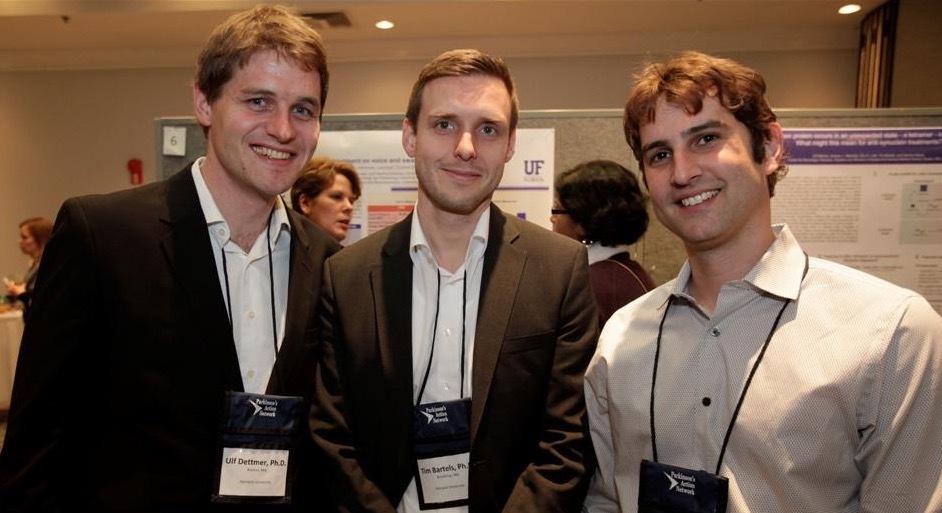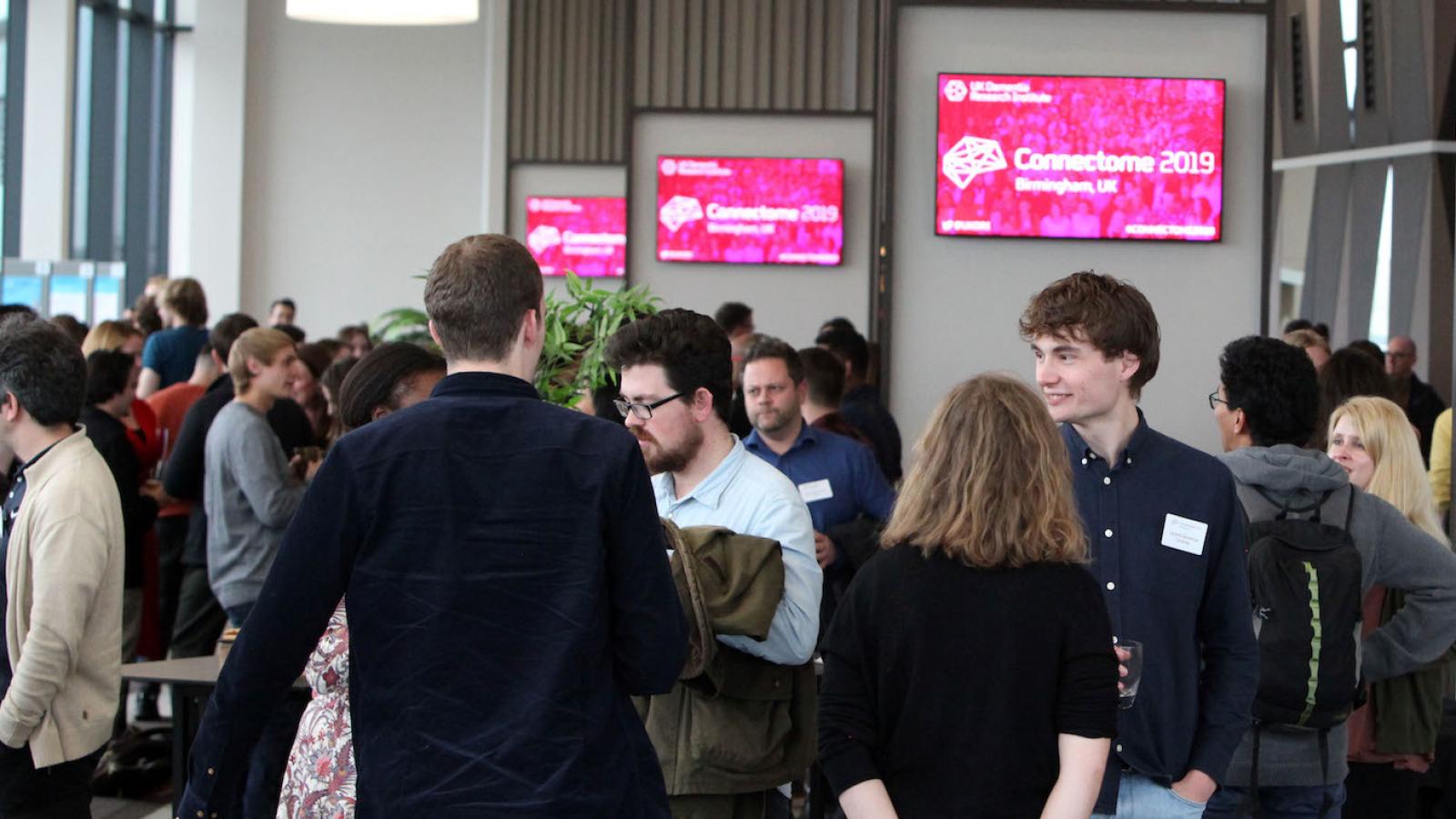Anyone studying dementia knows that unravelling the intricacies behind it will be a long and complicated process, spanning multiple fields and disciplines. That’s why those who want to take their research a step further look naturally to the expertise of others to help. But how do we find suitable candidates to complement our own work? What drives a successful partnership? We spoke to three UK DRI Group Leaders about their experiences of collaboration.
Prof David Klenerman, UK DRI at Cambridge, is a pioneer in next-generation DNA sequencing with a string of honours for his services to the life sciences. Over his career he has worked with numerous partners, a point he emphasised when receiving his knighthood in 2018. His latest projects have seen him team up with two other Group Leaders at UK DRI, Dr Tim Bartels (UCL) and Prof Kei Cho (King’s), in order to gain greater understanding of protein aggregates that are characteristic of neurodegenerative disease.
<p>Group Leaders discuss their collaboration and advice on starting research partnerships</p>
So how did these collaborations begin?
Tim: I have known of David’s work for a while since he is a specialist in sensitive protein aggregate detection with many publications in that area. While I was in Boston, one particular article caught my attention and I got in contact. From there, we actually discovered that my group had some samples that would be a great application for a technique he had just developed, and we started to combine forces on a project.
Kei: I first established a collaboration with David in 2009 through the Wellcome Trust Neurodegenerative Disease Programme. We had shared interest in the pathological role of amyloid-beta in synapse function and neurodegeneration. Experiments for the current publication were carried out when we both joined UK DRI, bringing in even more people, for example from other Cambridge departments and the Crick.
While it is challenging to get certain points across if someone is not directly working on your particular question, most creative ideas are born out of leaving tunnel vision and explaining broader issues in your field to someone else.Dr Tim BartelsUK DRI at UCL
What would your advice be when looking for collaborators?
David: Nowadays most of my early interactions are strategic and less about luck. I’ll look to organise a meeting with someone or actively find them at an event.
Tim: My advice would be to read papers and go to conferences. Try to attend and present at poster sessions and symposia as well. You can greatly enhance your chances of success by presenting your data to as many people as possible. Also, it is easy to lose contact after initial good discussions so follow up through emails and approach people quickly with concrete ideas and experiments to get the collaborative effort started.
Kei: I find regular informal discussion is so constructive in building new ideas and developing projects, especially over tea! When I spent my sabbatical at Cambridge, David and I did this a lot but realised we were speaking a completely different scientific language. With more discussion we started to find that common ground, drawing the same conclusions and eventually bringing other people together who could help us go further with our ideas.
What makes a really good collaboration work?
David: My experience is that collaborations are like experiments; it takes a few false starts before you set up a good one. Some function really well such as my collaboration with Shankar that led to next generation DNA sequencing. Others have unfortunately failed early on since people don’t respond to emails or deliver what was promised. The project often works best when it is around something neither group could do by themselves, so they have complementary skills and capabilities that lead to something really significant.
Regular meetings are definitely essential, ideally face-to-face. There is often something better than the initial experiments proposed but it takes time to find these through discussions. I find the best ideas are often from chatting at the end of a meeting. It’s also not just about the science, you need to get on with the person that you collaborate with and put some effort into it. Everyone needs to be prepared to work to at it, get it started and then moving in the right direction. Twice as many potential problems but four times the rewards if successful.
Tim: Really good collaborations make use of complementary expertise and different perspectives. While it is challenging to get certain points across if someone is not directly working on your particular question, most creative ideas are born out of leaving tunnel vision and explaining broader issues in your field to someone else. Often other areas of research have encountered similar problems and found interesting approaches to solving them.
Kei: I think you have to start with a solid working hypothesis and then challenge beyond your limits, which also makes it very exciting and motivating to be a part of.

What initiatives or mechanisms can help facilitate collaboration?
David: Funding is useful to try experiments but first you need to know what problems people are working on and what methods they have available so you can get in contact. Unfortunately, information on web pages or publications often describes what people have already done previously and not their current or future projects. This is where discussion is so important.
Tim: Collaborative grants are a great help. Also, holding smaller conferences with broad topics makes it easier for people with complementary expertise to meet and talk, before the research topic is narrowed down too much.
We would like to thank David, Tim and Kei for taking the time to speak to us. A summary of their latest publications together can be found in UK DRI news.
Article published: 02 June 2020
